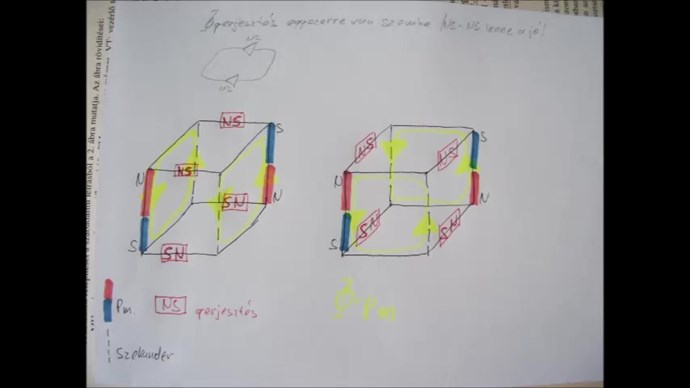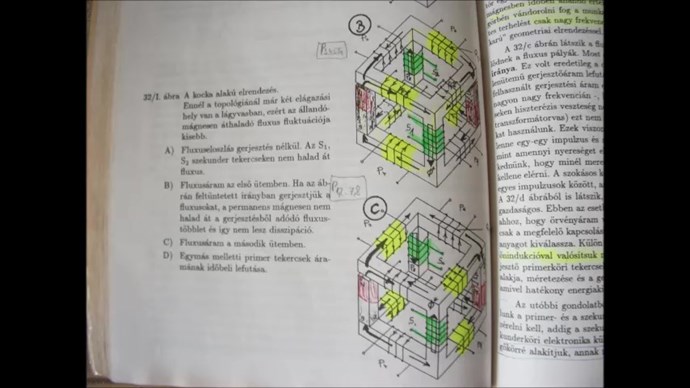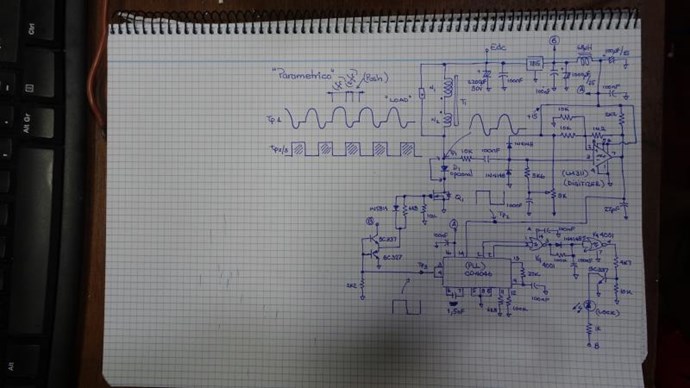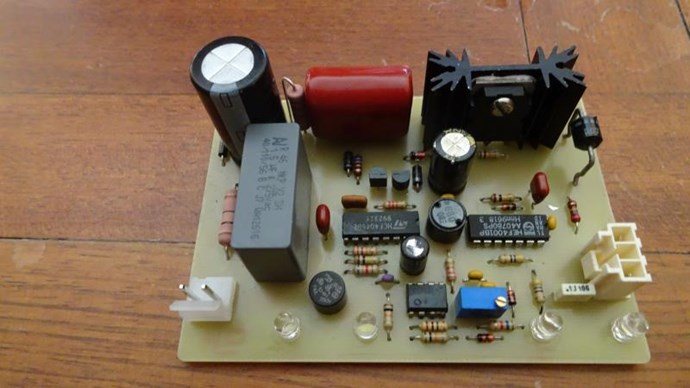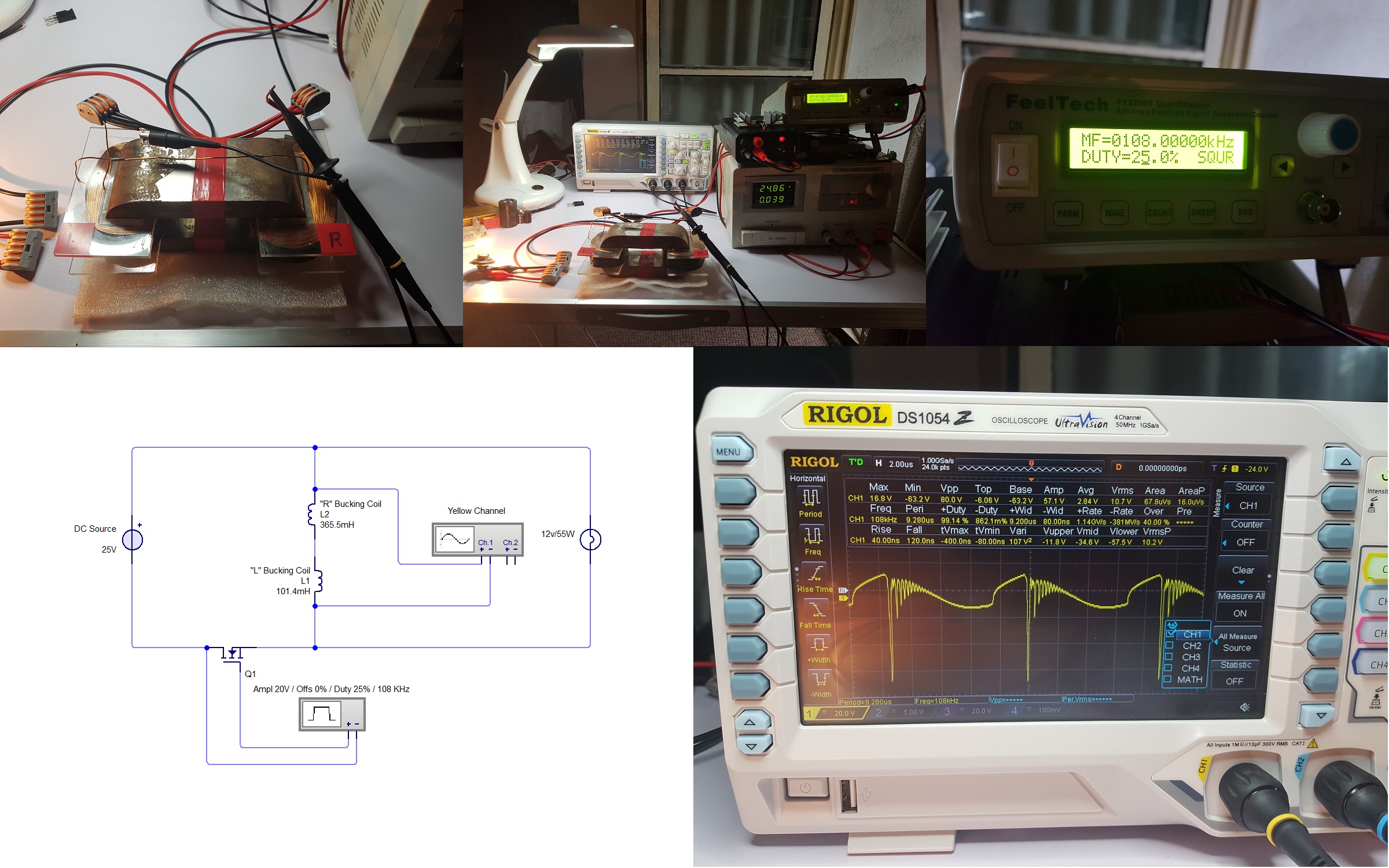Atti
posted this
30 August 2019
Hi.
The following came to my mind when looking at Fighter's layout.
Voltage returned from PWM powered d.c motor via idle diode.
difference is that there is no opposing magnetic field. (and what if?)
I wanted to do a full measurement against my options.
Obviously not the best!
In this configuration, the transformer can withstand 2Tesla max induction of iron.
The coils are on both sides of the iron.
The inductance ratios of the coils can be varied.
Drawing in the video. The magnetic directions are opposite.
It also shows what happens when only one coil is wired.
In this measurement, I was curious about the ratio of inputs to outputs.
Unfortunately, the needle impulse disorders made the whole thing inaccurate.
So I thought I'd skip the resistance current measurement.
An approximate measurement would probably be the DC voltage.
The question is how to put the bulb on DC so that it does not change our circuit.
One-way diodes and capacitors are not suitable.
Diode rectifier performs peak rectification.
It doesn't charge the entire output signal. It just pinches its top, but it does! The rectifier should be one that loads both the positive and negative periods of the current.
Both half-periods are known as doubling the known and shown voltage in the video.
Right now, I thought this was appropriate.
If the two-sided voltage is not the same, it will automatically shift with the rectifier zero.
But as you can see it is not perfect, because the shape of the voltage is almost triangular.
It would have been better if I had put the voltage first in an inductive storage and then the rectification from there.
The measurement results are for information only!
But it demonstrates the whole meaning of it.
Special thanks to Vidra for the idea!
I thought the 4 4700y capacitors connected in parallel to the power supply would handle the interference. But no!
A filter must be placed on the power supply. The difference is clearly visible in the video. The voltage of the FET disturbance is also well discernible.
So proper propulsion must be provided.
That is why measurements should be handled and kept in mind.
Significant energy can flow backwards in the downstream direction at some settings.
This can be measured by simpler (even oscilloscope) power meters as input power. (also due to embarrassment)
The drive is pulsed (10-50%).
Measuring every opportunity.
Then I tried it with the H-bridge.
There has been a lot of change here, but we need to take proper breaks.
The result is the same.
Obviously I did not fully act!
He was running like this at the moment.
I'd be happy for someone else to do some measurement over their capabilities.
Please join me, don't just read the results because I might be lying!


